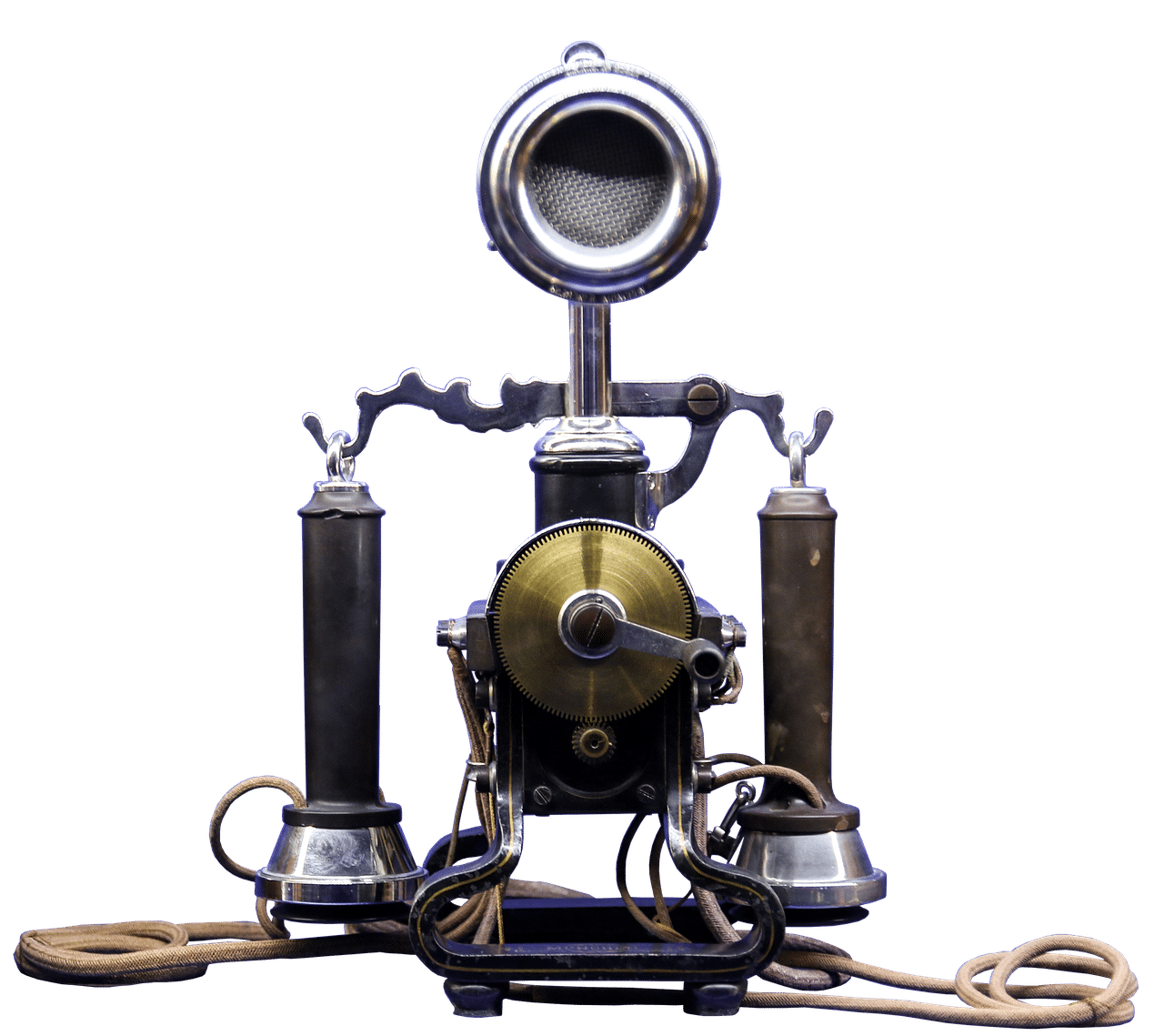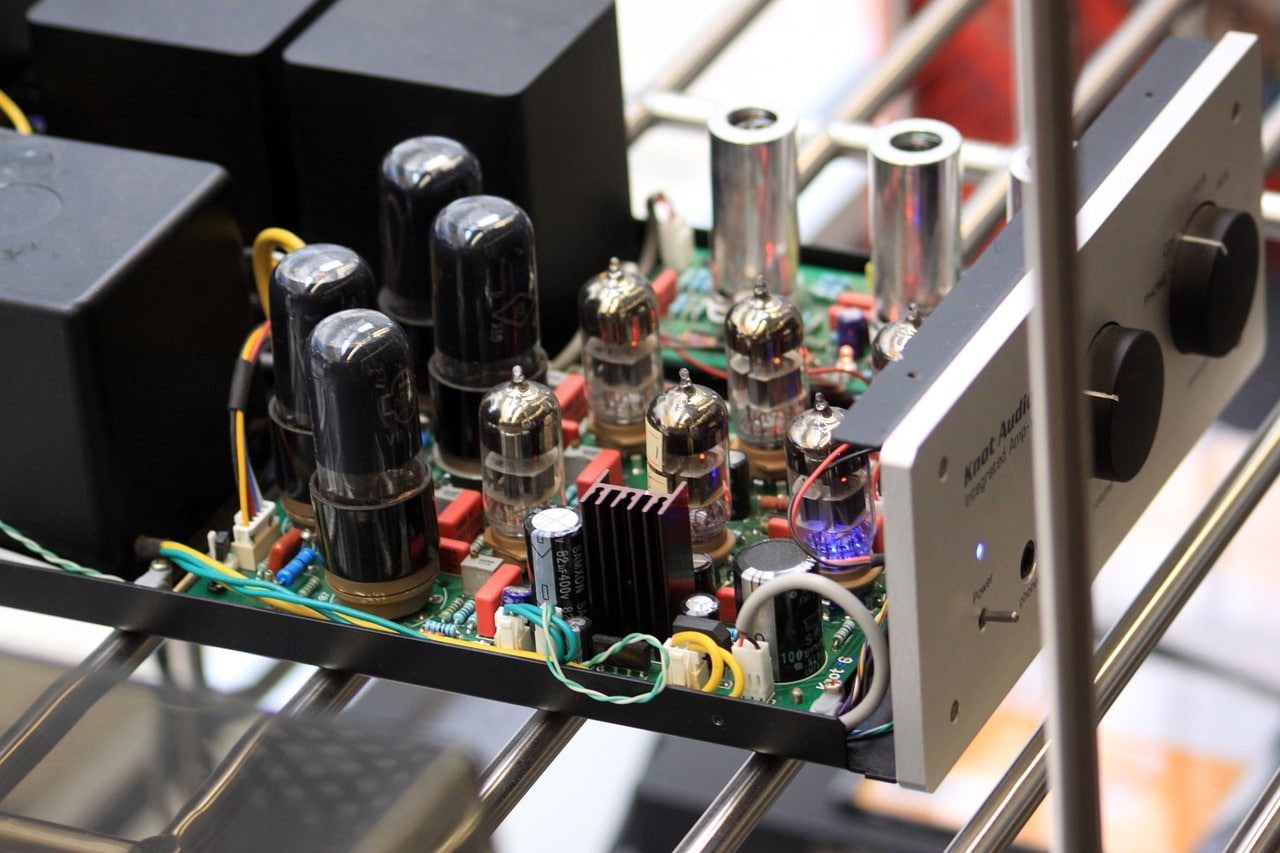
So far, nothing of this series of articles it seems to have the remotest connection to Unix, other than the idea that Bell Labs was a warehouse of geniuses. But, we are getting closer. We were laying the groundwork to understand why Unix became the standard for modern operating systems, and why Stallman tried and Linus Torvalds succeeded in creating an operating system inspired by it.
Many messages, a code and new ways of transmitting it
From the beginning, Humanity discovered that the transmission of messages at a distance required converting the words of the spoken language to a code. This was so with the drums of the African tribes, the heliographic messages of the Greeks, the flags of the navy, the dots and dashes of the telegraph, and the electric waves of the Graham Bell telephone. The latter achieved that human intervention was not necessary to decode the message.
The great innovation of Claude Shannon's work was unifying all information formats in a single code, regardless of the route. So far we had two types of media for according to what message:
- Wireless: Radio and television signals. (Yes, I heard about cable TV, also closed circuit radio, but they weren't the norm.)
- By cable: Messages by telegraph (The dots and dashes of Morse code) and telephone (Electric waves)
Shannon postulated that it was possible to convert any message (no matter the format) into ones and zeros, group those ones and zeros (which he called bits), and add additional bits to correct reception errors. Shannon's system was suitable for any transmission platform.
Let's review some of the new communication channels that appeared in the following decades
Microwave links
They were towers with four antennas located at great heights and at some distance from each other. Two antennas received the calls, sent them to the repeater that amplified them and emitted them through the other two antennas pointed in the opposite direction towards the receivers of the other repeater tower. This type of technology required a clear line of sight in a straight line between tower and tower. The network, which had 107 towers located approximately 48 kilometers each, could transmit calls at the speed of light.
Transatlantic cable.
Interestingly, the next communications feat would go the other way. If microwave towers were looking to replace the use of coaxial cable in terrestrial long distance calls, Bell Laboratories' next project was to replace the radio with a cable for intercontinental calls.
Transatlantic telegraphic communication by cable had existed since the beginning of the century. But, heVoice communications required a thicker cable and the use of repeaters to amplify the signal. Although the transistor invented by Bell Laboratories was already mature enough to be used by other industries, it was not yet mature enough to guarantee the two decades of continuous operation that was required to justify the investment of the joint project between AT&T and the administration. British Post Office (in charge of managing the telephone service in the country)
It was finally determined that to withstand both the harsh conditions under the sea and the dangers of installation, the cable would have to be 3,7 centimeters thick and 3621 kilometers long.. It was made up of 10 layers. In the center were the copper wires that covered by a layer of insulation in turn surrounded by a layer of conductive copper tape, were responsible for transmitting communications. Then came 6 layers of protection against fauna and marine weather conditions. Every certain distance, flexible vacuum tubes were installed that, without increasing the thickness too much, allowed the signal to be amplified so that it did not degrade with distance. The first cable was installed in 1955 and handled calls originating in the United States and destined for Europe. The following year a similar one would be installed for calls that followed the reverse path.
If these new ways of transmitting messages, together with the pulse code modulation technology that I discussed in the previous post were not enough to increase the volume of calls, TASI, an acronym for voice interpolation by time allocation, also appeared. . Basically, the system allowed assigning a channel to more than one user, detecting when one of them was silent. In this way the capacity of the transatlantic cable could be doubled.
Unfortunately for AT&T (and fortunately for linuxeros and free software) everything was ready for the bureaucrats to get their hands on.







Hello. All these mini articles, they are really good and interesting, I think and it is just my humble opinion, that they could be a little longer, not super long, but not so much not so little, I do not know if you understand me. I hope and wish you continue with them and even expand them more than initially thought, for example if you had planned to make 15 articles, to say something, then if they become 20, 25 or 30, because you investigate them even more, you document yourself even more, etc, because the truth would be really wonderful. My sincere congratulations, when things are done well you have to admit it. Greetings.
I appreciate your comment and I will take your suggestions into account.